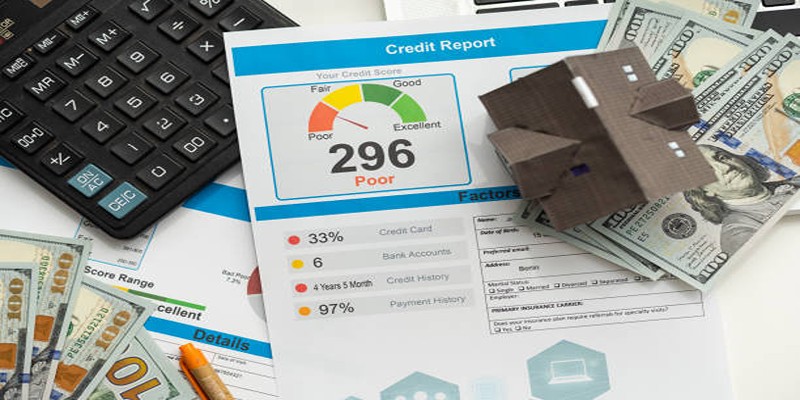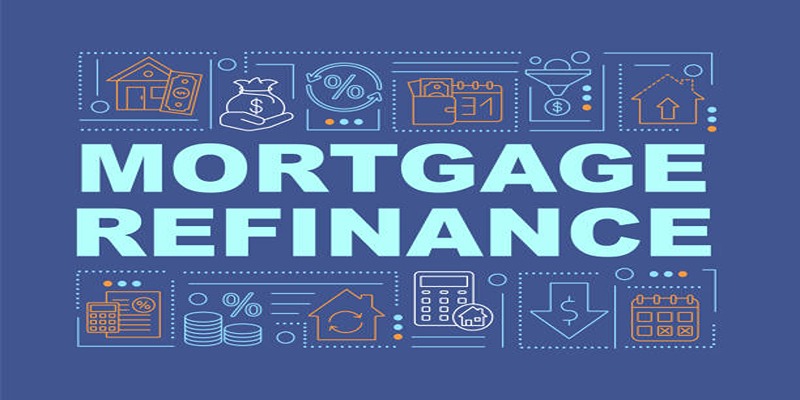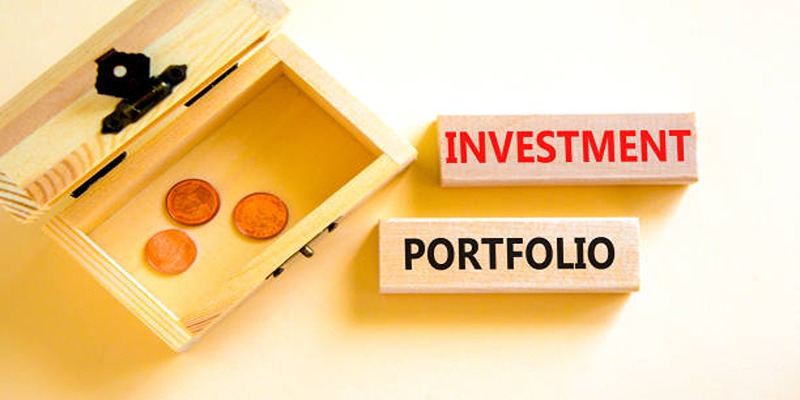Refinancing your mortgage is a big financial move that can reduce costs, shorten your loan term, or access your home’s equity. But with so many options, where do you start? This guide breaks down the top mortgage refinance types to help you choose the best fit for your financial goals—whether it’s lowering monthly payments, paying off your loan faster, or unlocking your home’s equity.
What is Mortgage Refinancing?

Mortgage refinancing involves replacing your current home loan with a new loan, often one that offers better terms or suits your changed financial situation. This allows you to adjust your monthly payments, interest rates, or the loan's timeframe.
Rate-and-Term Refinance
A rate-and-term refinance is a popular option that adjusts your loan’s interest rate, term, or both, without changing the original loan amount. It’s an effective way to save money or tailor your mortgage to better suit your needs.
Benefits
- Lower Interest Rates: Perfect when market rates are lower than your existing mortgage rate.
- Shorter Loan Terms: Ideal for those looking to pay off a mortgage sooner. Shortening the term often increases monthly payments but reduces overall interest costs.
- Lower Monthly Payments: Extending the loan term may decrease monthly payments, easing immediate financial strain.
When to Choose It
Consider a rate-and-term refinance if you're unhappy with your current monthly payment or interest rate. For example, switching from a 30-year loan at 6% interest to a 20-year loan at 4.5% can save you thousands over the life of your loan.
Cash-Out Refinance
A cash-out refinance allows you to borrow more than your existing mortgage balance and receive the extra amount in cash. It’s a useful option for tapping into your home’s equity to fund renovations, consolidate debt, or cover other expenses.
Benefits
- Access to Cash: Use the funds for home improvements, debt consolidation, or other major expenses.
- Potential Tax Benefits: Interest on the mortgage may remain tax-deductible, especially if used for home renovation.
- Debt Consolidation: Reduce high-interest debt like credit card balances.
When to Choose It
This type is ideal if you need liquid cash and have significant equity in your home. For instance, imagine your home is valued at $500,000, and you only owe $250,000 on your current mortgage. With a cash-out refinance, you could refinance for $325,000, putting $75,000 into your pocket.
Cash-In Refinance
A cash-in refinance works opposite to a cash-out refinance. With this option, you pay a lump sum toward your mortgage principal during refinancing. This reduces your loan amount, potentially lowering monthly payments and saving you money on interest.
Benefits
- Lower Loan-to-Value Ratio (LTV): Reducing your LTV could help eliminate private mortgage insurance (PMI).
- Shorter Loan Terms: Shrink your principal for faster loan payoff.
- Potentially Better Rates: A smaller loan amount may qualify you for more favorable interest rates.
When to Choose It
A cash-in refinance is great if you recently came into a substantial sum of money (e.g., an inheritance or bonus) and want to invest it back into your home.
Streamline Refinance

Streamline refinancing, available for FHA, VA, and USDA loans, simplifies the process to lower your interest rate. With minimal paperwork and no extensive requirements, it’s an efficient way to save money and improve your mortgage terms hassle-free.
Benefits
- Fast and Simple Process: Minimal paperwork and no need for full credit checks or home appraisals.
- Reduced Costs: You might qualify for reduced closing costs.
- No Income Verification: Perfect for borrowers whose financial situation has changed since the original loan.
When to Choose It
If you have an FHA or VA loan and want to reduce your mortgage rate without a drawn-out approval process, streamline refinance is worth exploring.
Adjustable-Rate Mortgage (ARM) Refinance
This refinance option lets you switch from a fixed-rate loan to an adjustable-rate mortgage (ARM) or secure a fixed rate from an existing ARM. It’s a flexible solution tailored to meet your changing financial needs.
Benefits
- Flexibility: Initial ARM interest rates are typically lower than fixed-rate loans.
- Manageable Payments: Lower introductory rates may ease financial strain early on.
- Switch to Stability: Refinancing from an ARM to a fixed-rate loan can eliminate payment volatility.
When to Choose It
If you plan to sell your home or refinance again before the ARM adjusts, this can be a smart move. On the flip side, locking in a fixed rate is helpful when you anticipate markets climbing.
No-Closing-Cost Refinance
A no-closing-cost refinance eliminates upfront fees by rolling closing costs into your new loan amount. This option lets you avoid out-of-pocket expenses at closing while still benefiting from refinancing, though it may slightly increase your monthly payments or interest rate.
Benefits
- Immediate Savings: Avoid hefty upfront costs.
- Affordable Option: Great for replacing your loan when funds are tight, like during a cash-strapped month.
Drawbacks
While it eliminates upfront fees, the added costs may slightly increase your loan balance or interest rate.
When to Choose It
Choose this refinance option if maximizing cash flow and maintaining liquidity are your short-term priorities. It’s an ideal solution for those looking to free up funds and ensure financial flexibility during critical moments.
Key Considerations Before Refinancing
While refinancing offers plenty of perks, it isn’t always the right choice for everyone. Keep these factors in mind before you decide.
- Closing Costs: Ensure the savings you gain from a refinance outweigh the associated costs.
- Loan Term: Extending loan terms can save you immediately but may result in higher long-term interest payments.
- Market Rates: Lock in rates during favorable market conditions for maximum benefit.
Steps to Begin Your Refinancing Journey
- Step 1: Determine your financial goals (e.g., lower monthly payments, equity access).
- Step 2: Research different types of refinancing and identify which one aligns best with your situation.
- Step 3: Shop around for lenders, comparing rates and terms to find the best fit.
- Step 4: Prepare necessary documents like income verification and get prequalified for faster approval.
Conclusion
Refinancing your mortgage can unlock significant financial advantages, but the key is choosing the type that fits your needs. By understanding these refinancing options and their benefits, you'll be in a perfect position to make an informed decision. Thinking about refinancing? Find the best mortgage refinance deals tailored to your goals and begin your financial transformation today.












